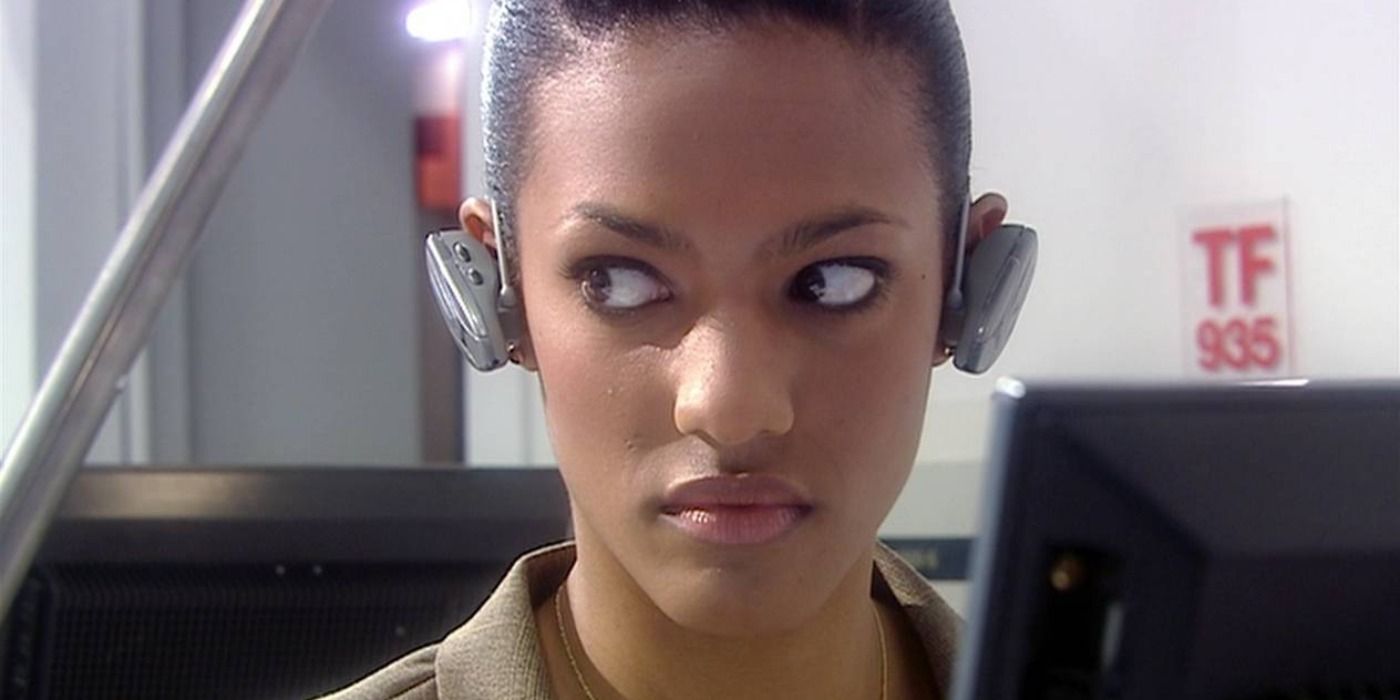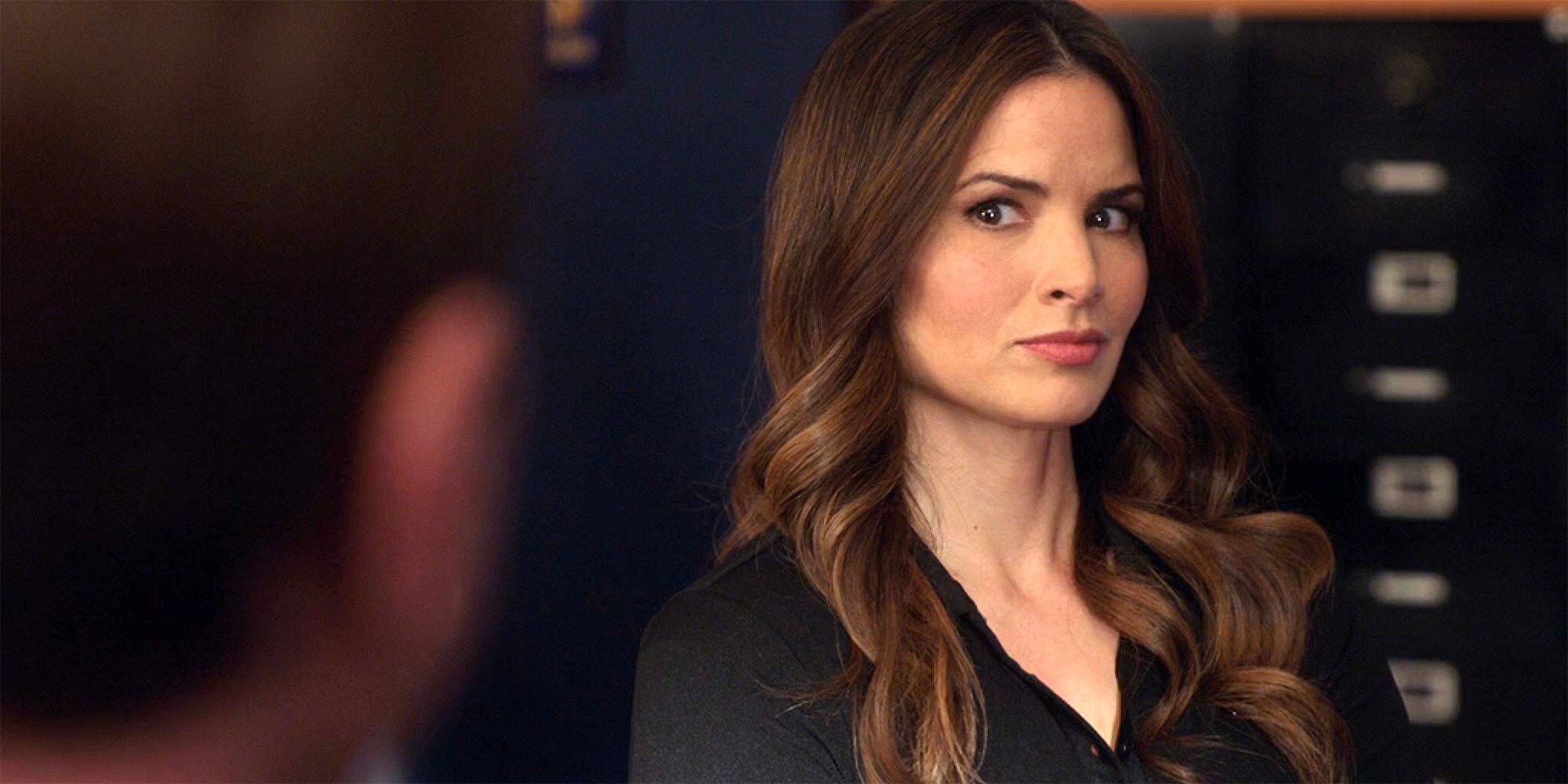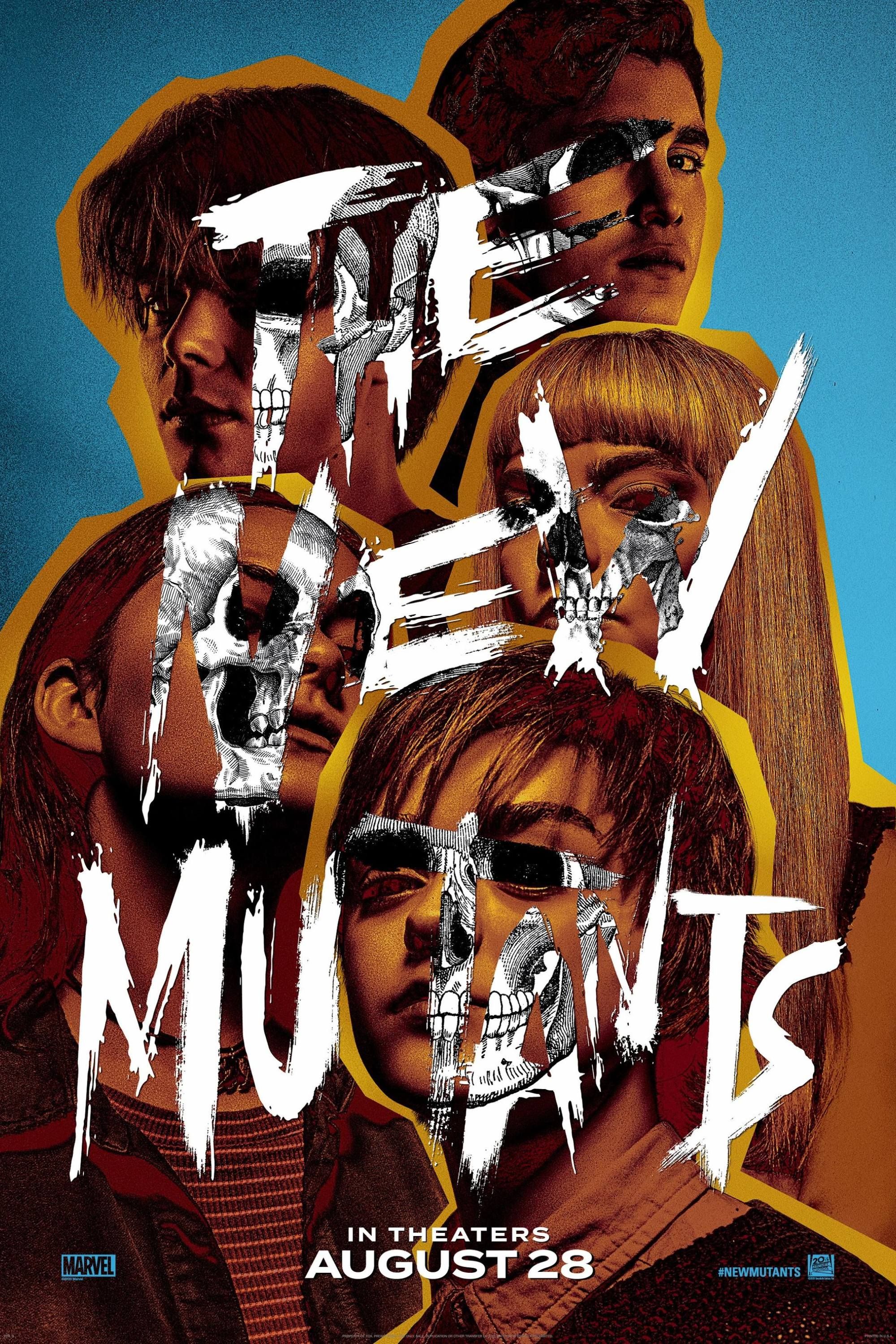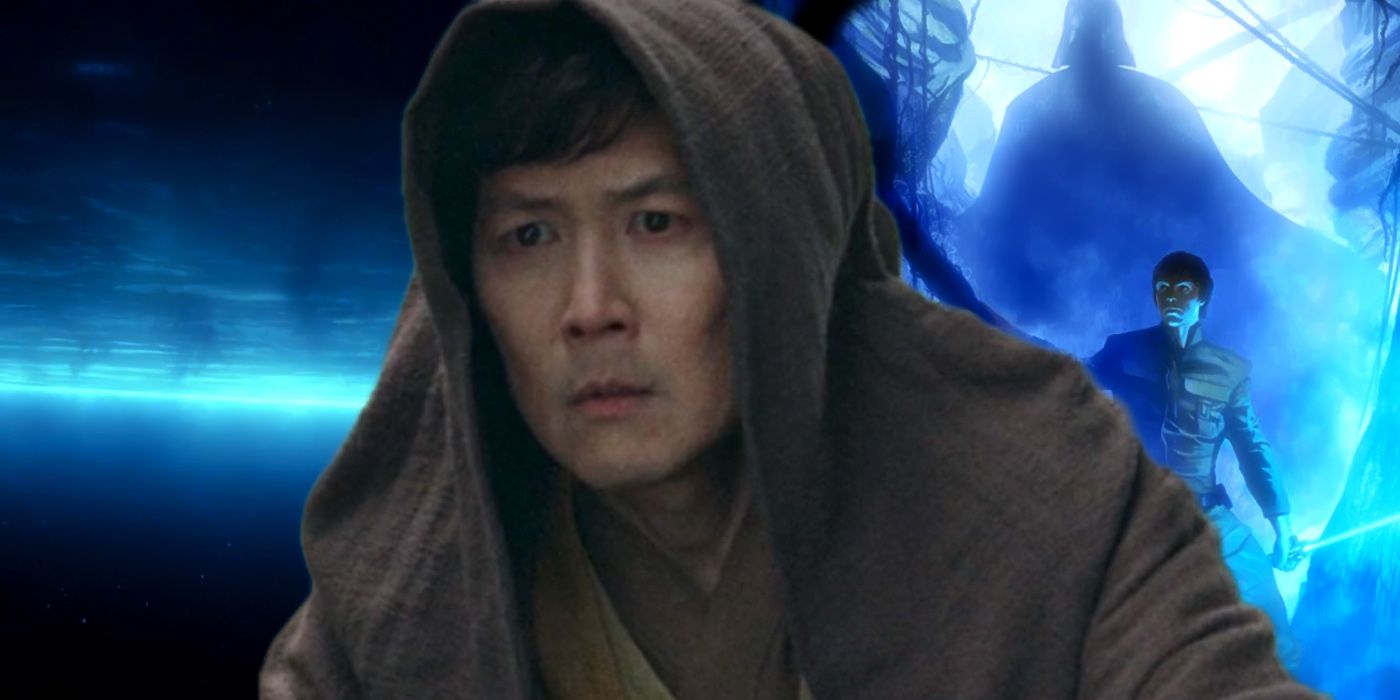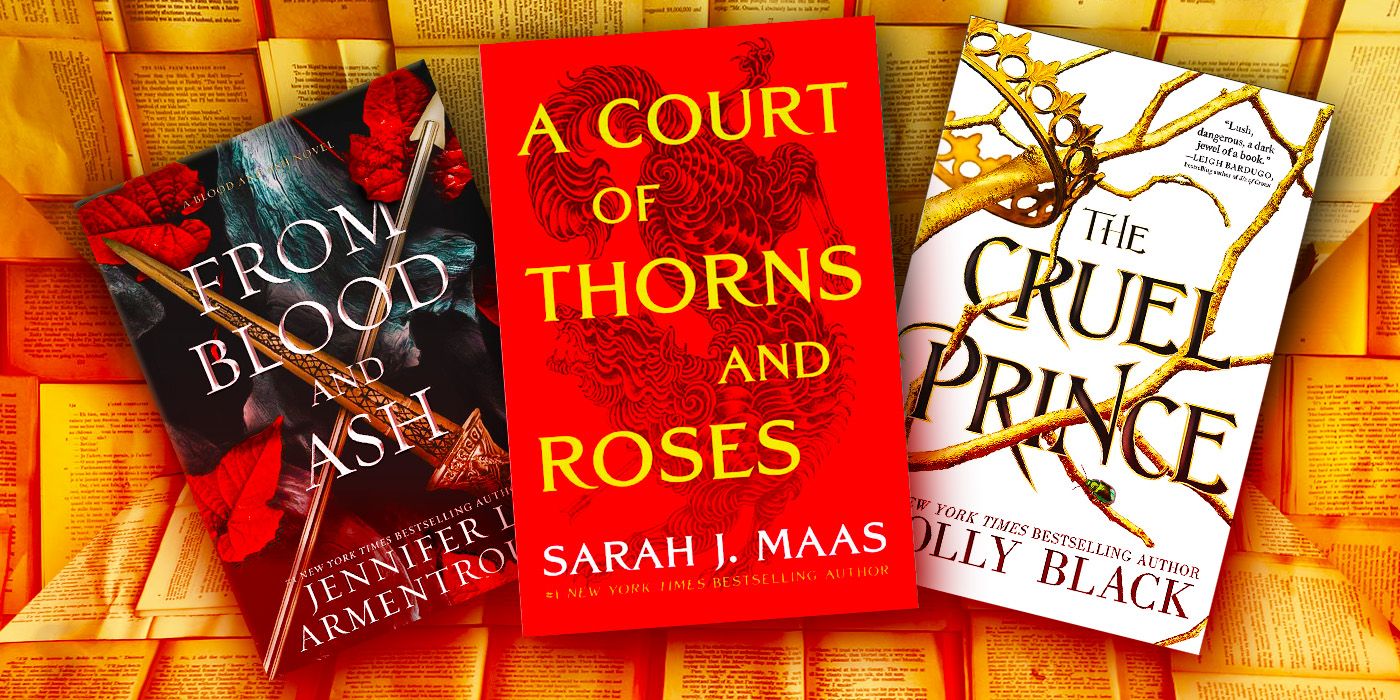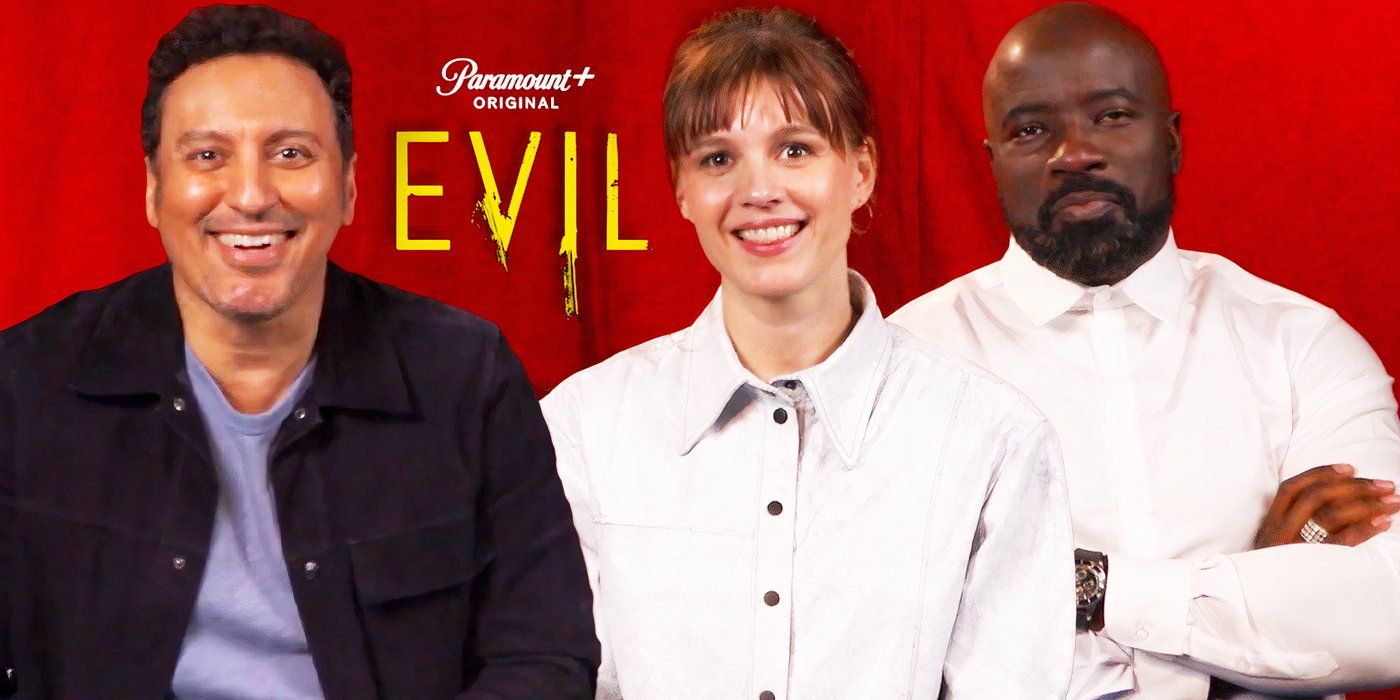Here’s why there are barely any ’90s toys in Toy Story despite it being released in 1995. There aren’t many references – whether toys or otherwise – in Toy Story that are unquestionably from the 1990s. Woody is a 1950s era toy and most of Andy’s other toys are from the 1960s or 70s, but since “Hakuna Matata” from The Lion King plays at the end of the movie, Toy Story couldn’t have taken place before 1994. If a movie about toys was made and set in the ’90s, it’s reasonable to expect that it would have featured more ’90s toys – yet it didn’t.
The very few ’90s toys that do appear in Toy Story stay in the background, which remained true for the following two Toy Story sequels – neither of which featured classic late ’90s toys like Furby, Tamagotchi, Bop It, or Super Soaker. Toy Story 2, released in 1999, included a Buzz Lightyear video game, but the console resembles the SNES from 1990 more than the wildly popular Nintendo 64 from 1996. Toy Story 2 and Toy Story 3 also introduced many new characters to the franchise, but Stinky Pete, Lotso, Sally, Jessie, Bullseye, Ken, Barbie, Ducky, Bunny, and Bonnie’s toys fall into the same category as most of the characters from Toy Story: non-battery operated classics that could have existed in a much earlier time.
There are a few possible explanations for why so many classic, older toys appear in all of the Toy Story films. Perhaps the filmmakers did not know which ’90s toys would become classics and did not want the movie to feel dated in a few years; Toy Story would only ever appeal to kids born in the late ’80s and early ’90s if it heavily featured Beanie Babies. But it’s about more than that because Toy Story is about a shared human memory as much as it is about the existence of living toys. It’s about nostalgia and that only works on a mass scale if everyone can recognize the references.
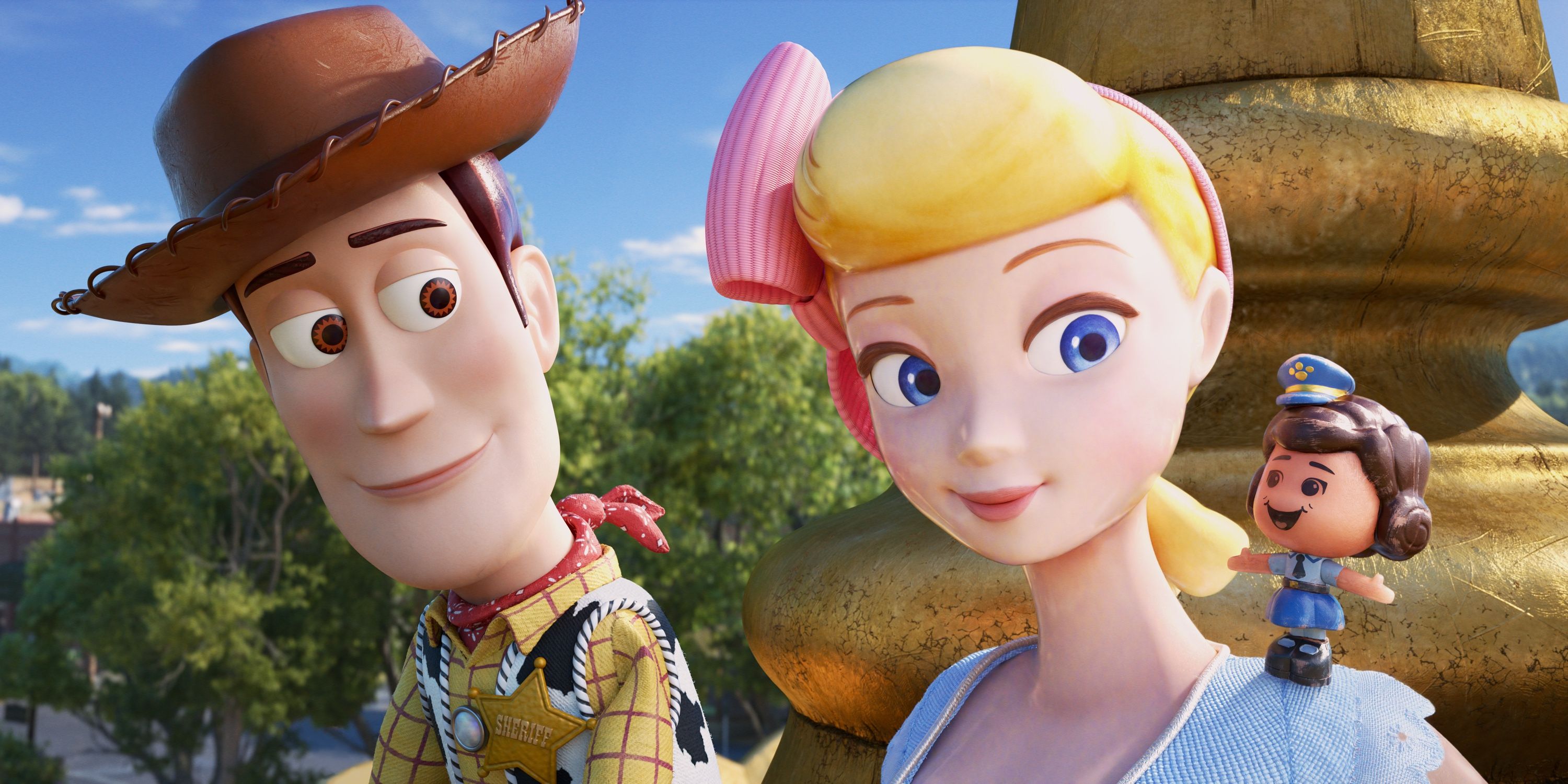
There’s a distinct possibility that because the makers of Toy Story were children in the ’60s and ’70s and wanted to incorporate the toys that they remembered playing with. In a SyFy interview, Mark Nielsen – one of the producers for Toy Story 4 – said that a few of the designers working on Toy Story 4 grew up in the ’80s and ’90s and wanted to include Sky Dancers. Some even brought their Polly Pocket collections to work for inspiration, confirming the theory that the creators of each Toy Story film were simply adding in toys from their own childhoods.
The main characters of the original Toy Story either existed or had real-life equivalents that were made before 1980. Even Buzz Lightyear was inspired by G.I. Joe toys and real-life astronauts from the 60s. These toys were considered classics by 1995 when a lot of kids would have been playing with TMNT action figures, Beanie Babies, and the original Game Boy, all of which were all released in the late ’80s or early ’90s in plenty of time to make an appearance in Toy Story – let alone Toy Story 2 and Toy Story 3. But ’90s toys didn’t become classic until recently, which is why they didn’t start showing up in the Toy Story franchise until they appeared as characters in Toy Story 4. Whether by design or chance, these classic toys make the movies appeal to the adults who are taking their kids to see Toy Story and that’s the key.
Toy Story feels timeless because most of the real toys it features had been around for decades before the movie was made and are still popular more than two decades after – doubtlessly aided by the popularity of the Toy Story franchise. Though their personalities are just as vital in making Toy Story memorable, the thoughtful design of each character in Toy Story has endured and will likely continue to endure through generations of children who love the films and then grown up to make them.
